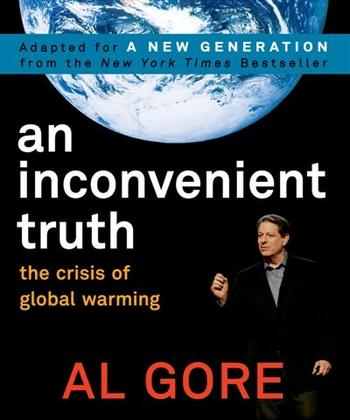

He is doing his part, yet again, to redirect the mainstream focus to something greater than ourselves. Nevertheless, one can’t help but to admire that even after more than a decade since the release of his Oscar-winning documentary, Gore has maintained the same verve that he possessed in 2006. Instead, “An Inconvenient Sequel” becomes an expose on that last two decades of Gore’s “valiant” political ventures. The film would have benefited if it had followed what made the first film so popular - a focused examination of environmental issues, delivered to us by Gore. Trying to reconcile such a massive conflict in one film through a lense of environmental protection - which the film employs as something that can unify an entire globe - is an undoubtedly Sisyphean task that’s inevitably going to leave a lot of loose ends. The issue lies where it has for the last decade - in the polarization of Western politics. Despite Gore’s incessant pushing for the implementation of green energy, he still portrayed as noble savior of this country’s environment.Īlthough all these concerns arise in “An Inconvenient Sequel,” the film itself isn’t where the issue lies. It may be the right solution for countries that can afford to make these strides, but it doesn’t mean it’s the right solution for the rest of the world. The interjections by the Indian ministry repeatedly express how implementing green energy is a solution that comes from a wealthy Western country. After decades of having the Western coal-burning agenda pushed onto their country, the Indian government is reluctant to reroute funds toward green energy.Īs a country with many citizens facing poverty, India’s primary concern is to provide cost-effective energy to its people - not to invest in technology that won’t pay off for decades.īut Gore doesn’t seem to truly understand the economic situation that India is faced with. Repeatedly, the Indian ministry expresses its concerns with the cost of green energy.


Unfortunately, the film stays true to the tagline, “Truth to Power, ” as Gore’s political successes are greatly emphasized, to a detrimental effect.Įven Gore’s signature charisma has a hard time bringing the film back from one of its most concerning moments - when Gore deals with the Indian ministry during the Paris climate agreements. They want the humor and passion he shows for our planet, not the man in the suit who is shown on several occasions sternly navigating an iPhone. What the film forgets is that audiences don’t want to see Al Gore as a politician - they want to see Gore as a humanitarian. Scene after scene show crowds of people struck by the poignancy of Gore’s message, his presence on stage echoing the politician he was during the Clinton administration.
#An inconvenient truth al gore how to#
In every city he travels to, locals eagerly fill up hotel banquet halls to join Gore’s climate leadership trainings, hoping to educate themselves on how to create change within their communities. Al Gore interviews community leaders from across the globe in order to show his audience that strides toward environmental protection are not only necessary, but feasible. In many ways, “An Inconvenient Sequel” does accomplish that goal. Now, with the Trump administration gearing up to bring back the coal industry and cut back funding for the Environmental Protection Agency, Gore returns in an attempt to gear up the American people for a mass movement towards environmental protection - in other words, to spark an even bigger flame than its predecessor did in 2006. Nevertheless, so much of the film devolves into such a loud call to action that “An Inconvenient Sequel” loses the poignant message that Al Gore first captured his audiences with. This introduction is the first of many overt warnings the film offers to its audience on the declining state of the environment. Al Gore’s latest documentary, “An Inconvenient Sequel: Truth to Power, ” opens with spliced footage of glaciers descending into the world’s oceans - an homage to “An Inconvenient Truth,” its Oscar-winning predecessor.


 0 kommentar(er)
0 kommentar(er)
